Home>Dining>Tableware>How To Fold A Tablecloth To Fit The Table
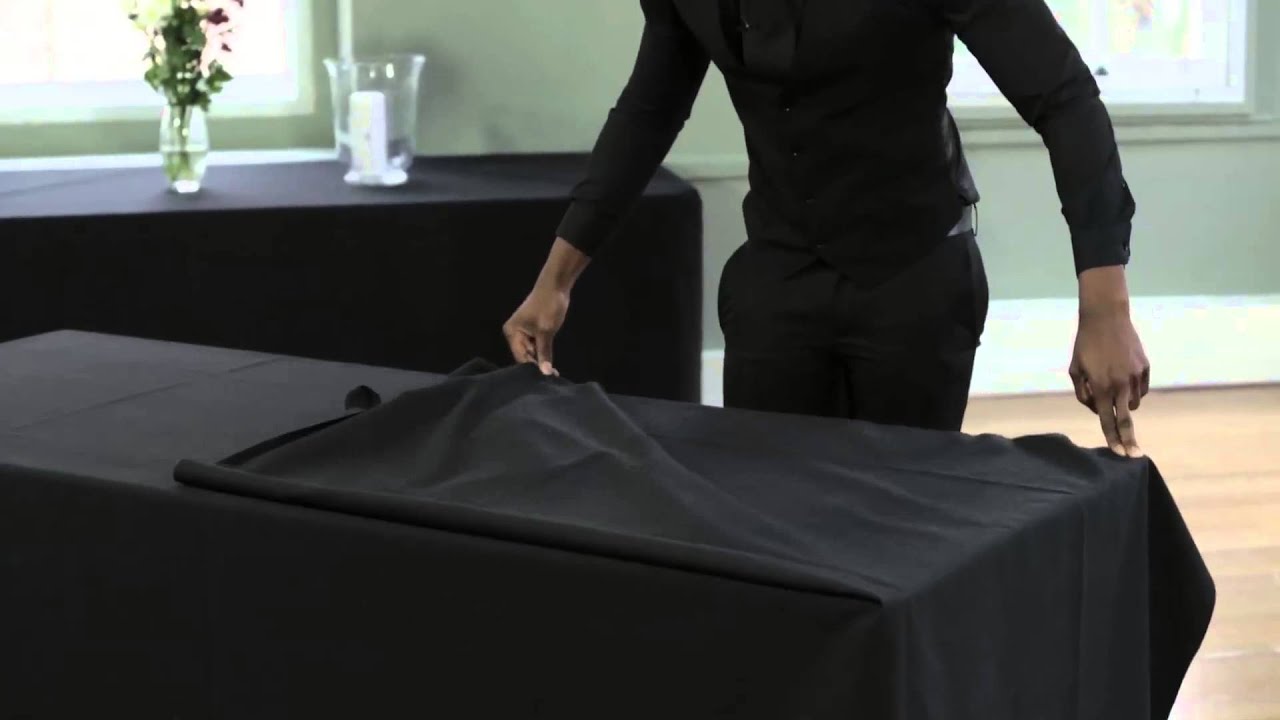

Tableware
How To Fold A Tablecloth To Fit The Table
Modified: February 24, 2024
Learn how to properly fold a tablecloth to fit your table with our easy step-by-step guide. Enhance your tableware presentation effortlessly.
(Many of the links in this article redirect to a specific reviewed product. Your purchase of these products through affiliate links helps to generate commission for Storables.com, at no extra cost. Learn more)
Introduction
Tablecloths are not just functional items that protect your table from spills and stains; they also add a touch of elegance and style to your dining experience. However, finding a tablecloth that perfectly fits your table can sometimes be a challenge. Over-sized or ill-fitting tablecloths can look messy and unappealing, while a perfectly fitted tablecloth can elevate the look of your table and create a polished and inviting atmosphere.
In this article, we will explore various folding techniques that will help you achieve a perfect fit for your tablecloth. Whether you have a round, square, or rectangular table, or whether you prefer a classic or more contemporary look, we have you covered. So, let’s dive in and discover how to fold a tablecloth to fit your table like a pro!
Key Takeaways:
- Elevate your table setting with perfectly folded tablecloths using techniques like the basic rectangle fold, triangle fold, and more. Consider the table shape and occasion to achieve a polished and inviting atmosphere.
- Incorporate creativity and attention to detail when folding tablecloths to fit your table. Experiment with various folding techniques and consider factors like table measurements, drops, and theme coordination for a flawless presentation.
Read more: How To Fold A Round Tablecloth
Preparing the Tablecloth
Before you start folding your tablecloth, it is essential to ensure that it is clean and properly ironed or steamed. Wrinkles and creases can detract from the overall appearance, so take the time to make your tablecloth look its best. Ironing or steaming will also make the folding process smoother and easier.
Next, clear your table of any items such as centerpieces, plates, and cutlery. It’s best to start with a clean and empty surface to avoid any obstructions or difficulties while folding. If you plan to use a table pad or any padding underneath the tablecloth, make sure it is properly positioned.
Additionally, consider the style and theme you want to achieve with your table setting. If you are hosting a formal dinner party, opt for a crisp and tailored fold. For a more casual gathering or outdoor event, you can experiment with looser, more relaxed folding techniques.
With the tablecloth clean, the table cleared, and the ambiance set, you’re now ready to try out various folding techniques to achieve that desired perfect fit!
Folding Technique 1: Basic Rectangle Fold
The basic rectangle fold is the simplest and most common folding technique for tablecloths. It creates a neat and clean look, suitable for both casual and formal occasions.
- Begin by laying the tablecloth flat on a clean and smooth surface, with the wrong side facing up.
- Fold the tablecloth in half lengthwise, aligning the shorter edges together. Ensure that the edges are even and straight.
- Smooth out any wrinkles or creases, ensuring a flat and tidy fold.
- Next, fold the tablecloth in half widthwise, bringing the longer edges together. Again, make sure the edges are aligned and smooth out any wrinkles.
- If your tablecloth is significantly longer than your table, you can make additional folds by halving the width again or rolling it up for a neater appearance.
- Once folded to the desired size, place the tablecloth on your table with the folded edges towards the inside for a clean and polished look.
The basic rectangle fold is versatile and works well for rectangular or oval tables. It provides a tailored and symmetrical appearance, making it suitable for both casual family dinners and formal occasions.
Experiment with this folding technique and adjust the fold length based on the size and shape of your table. Remember, practice makes perfect, so don’t be discouraged if it takes a few tries to achieve the desired result.
Folding Technique 2: Triangle Fold
The triangle fold is a classic and elegant way to fold a tablecloth, often associated with formal events and fine dining. It creates a triangular shape that adds a touch of sophistication to your table setting.
- Lay the tablecloth flat on a clean and smooth surface, with the wrong side facing up.
- Start by folding the tablecloth in half diagonally, bringing one corner to the opposite corner. Ensure that the edges are aligned and the triangle shape is well-defined.
- Smooth out any wrinkles or creases, ensuring a crisp and clean fold.
- Next, fold the tablecloth in half again diagonally, bringing one corner of the triangle to the opposite corner. This will create a smaller triangle shape.
- Adjust the fold length based on the size of your table, leaving enough fabric on each side to drape over the edges.
- Place the folded tablecloth on your table, positioning the point of the triangle at the center of the table. The draped edges will naturally fall down the sides of the table, creating an elegant and refined appearance.
This folding technique works particularly well for round or square tables, but can also be used for rectangular tables. The triangular shape adds visual interest and showcases the beauty of the fabric.
Remember to smooth out any wrinkles or creases as you fold the tablecloth to achieve a polished and professional look. Practice folding the tablecloth a few times to get comfortable with the technique, and soon you’ll be able to create a stunning table setting with ease!
Folding Technique 3: Square Fold
The square fold is a versatile folding technique that creates a clean and symmetrical look for your tablecloth. This fold is ideal for showcasing patterns or designs on the fabric and works well for both casual and formal settings.
- Lay the tablecloth flat on a clean and smooth surface, with the wrong side facing up.
- Fold the tablecloth in half lengthwise, aligning the longer edges together. Ensure that the edges are even and straight.
- Smooth out any wrinkles or creases, creating a flat and tidy fold.
- Next, fold the tablecloth in half widthwise, bringing the shorter edges together. Again, make sure the edges are aligned and smooth out any wrinkles.
- Repeat the folding process by folding the tablecloth in half lengthwise and then widthwise one more time. The result should be a square shape with multiple layers.
- Adjust the fold length based on the size of your table, leaving enough fabric on each side to reach the edges.
- Place the folded tablecloth on your table, positioning the folded edges towards the inside. Smooth out any wrinkles and adjust the fabric to create a neat and uniform appearance.
The square fold works well for both square and rectangular tables. It provides a clean and symmetrical look, allowing the fabric’s design to shine. You can experiment with different fold lengths and adjust the draping to achieve your desired aesthetic.
Practice folding the tablecloth a few times to familiarize yourself with the technique. With a little bit of patience and practice, you’ll be able to create a beautifully folded square tablecloth that enhances the overall elegance of your table setting.
Read more: How To Make Fitted Tablecloths
Folding Technique 4: Roll Fold
The roll fold is a unique and creative folding technique that adds a touch of flair to your tablecloth presentation. This fold is perfect for showcasing decorative trim or fringe on the edges of the fabric and works well for both casual and festive occasions.
- Lay the tablecloth flat on a clean and smooth surface, with the wrong side facing up.
- Start by folding one corner of the tablecloth diagonally to the opposite edge, creating a triangle shape.
- Smooth out any wrinkles or creases, ensuring a neat and clean fold.
- Next, begin rolling the tablecloth from one folded corner towards the opposite corner. Roll the fabric tightly to create a cylindrical shape.
- Continue rolling until you reach the end of the tablecloth, ensuring that the roll is secure and tight.
- Adjust the position of the rolled tablecloth on your table, placing it in the center or as a decorative accent. For longer tables, you can create multiple rolls and arrange them symmetrically for an eye-catching display.
The roll fold works well for rectangular and oval tables, especially when you want to add a decorative touch to your table setting. It allows you to showcase the fabric’s edges and creates a unique focal point.
Experiment with different variations of the roll fold, such as rolling from different corners or rolling at different angles, to achieve different looks. Don’t be afraid to get creative and let your personal style shine through!
With a bit of practice and some experimentation, you’ll be able to master the roll fold technique and create a visually stunning tablecloth display that will impress your guests.
When folding a tablecloth to fit the table, start by folding it in half lengthwise, then fold it in half again. Lay it on the table and adjust the folds as needed for a perfect fit.
Folding Technique 5: Accordion Fold
The accordion fold is a versatile and stylish folding technique that adds an element of texture and dimension to your tablecloth presentation. This fold works well for both casual and formal settings, and it allows you to showcase the fabric’s pattern or color variations.
- Lay the tablecloth flat on a clean and smooth surface, with the wrong side facing up.
- Start by folding one corner of the tablecloth diagonally towards the opposite edge, creating a triangle shape.
- Smooth out any wrinkles or creases, ensuring a neat and clean fold.
- Next, fold the tablecloth in half again diagonally, bringing one corner of the triangle to the opposite corner. This will create a smaller triangle shape.
- Repeat the folding process several times, folding the tablecloth back and forth in an accordion-like fashion. For larger tablecloths, you may need to fold in smaller sections to achieve the desired effect.
- Once you have folded the entire tablecloth in an accordion manner, adjust the length of the fold to fit your table. Leave enough fabric on each end to drape over the edges.
- Place the folded tablecloth on your table, positioning it with the accordion folds running parallel to the edges. Smooth out any wrinkles and adjust the fabric to create a visually appealing and textured appearance.
The accordion fold works well for rectangular tables, adding visual interest and a touch of elegance to your table setting. It allows you to play with the fabric’s texture and create a dynamic display.
Experiment with different fold lengths and adjust the draping to achieve the desired look. You can also combine the accordion fold with other folding techniques to create unique and personalized tablecloth presentations.
With some practice and a bit of creativity, you’ll be able to master the accordion fold and create a visually captivating table setting that will impress your guests.
Folding Technique 6: Fan Fold
The fan fold is a graceful and sophisticated folding technique that adds an elegant touch to your tablecloth presentation. This fold is perfect for showcasing the fabric’s design or creating a decorative focal point on your table. It works well for both formal and festive occasions.
- Lay the tablecloth flat on a clean and smooth surface, with the wrong side facing up.
- Start by folding one corner of the tablecloth diagonally towards the opposite corner, creating a triangle shape.
- Smooth out any wrinkles or creases, ensuring a neat and clean fold.
- Beginning at one of the vertical sides of the triangle, fold the tablecloth in an accordion-like manner, moving from one side to the other.
- Continue folding back and forth until you reach the end of the tablecloth, creating a fan or zigzag shape.
- Adjust the position of the fan-folded tablecloth on your table, placing it at the center or as a decorative accent. Ensure that the folds are evenly spaced and that they create a visually pleasing display.
The fan fold works well for rectangular and oval tables, allowing you to add a touch of glamour to your table setting. It provides a unique texture and visual interest.
Experiment with different variations of the fan fold, such as folding the cloth in narrower or wider sections, to achieve different looks. You can also combine the fan fold with other folding techniques for a more intricate and personalized presentation.
With practice and a bit of creativity, you will be able to master the fan fold technique and create a stunning tablecloth display that will impress your guests and elevate your dining experience.
Folding Technique 7: Combination Fold
The combination fold is a versatile folding technique that allows you to showcase your creativity and create a unique and personalized tablecloth presentation. By combining different folding techniques, you can achieve a visually stunning and dynamic look for your table setting.
- Lay the tablecloth flat on a clean and smooth surface, with the wrong side facing up.
- Choose two or more folding techniques that you want to combine for your desired look. This could include techniques like the basic rectangle fold, triangle fold, roll fold, accordion fold, or fan fold.
- Begin by folding the tablecloth using the first technique you’ve selected. Make sure to smooth out any wrinkles and create a crisp and clean fold.
- Next, move on to the second folding technique, incorporating it into the existing fold. For example, you could fold the tablecloth in a rectangle shape and then fold it further in a triangle shape.
- Continue combining folding techniques until you’ve achieved the desired result. Feel free to experiment with different combinations and variations to create a unique and visually appealing display.
- Once you’ve completed the combination fold, adjust the position of the tablecloth on your table. Smooth out any wrinkles and ensure that the folds are evenly distributed for an aesthetically pleasing appearance.
The combination fold allows you to let your creativity shine and tailor the tablecloth presentation to suit your personal style and the theme of your event. By combining different folding techniques, you can create a one-of-a-kind look that will wow your guests.
Keep in mind that practice makes perfect, so don’t be afraid to experiment with different combinations and folds. With time, you’ll become more comfortable with the process, enabling you to create breathtaking tablecloth displays that will be the talk of the gathering.
Read more: How To Fold Large Round Tablecloths
Tips and Tricks for a Perfect Fit
While mastering the various folding techniques is important for achieving a perfect fit for your tablecloth, there are a few additional tips and tricks that can help you ensure a flawless presentation. Here are some expert suggestions to keep in mind:
- Measure your table: Before choosing a tablecloth or deciding on a folding technique, it’s crucial to accurately measure your table. Consider the dimensions and shape of your table to determine the appropriate size for the tablecloth.
- Use a tablecloth size chart: Many tablecloth retailers provide size charts that specify the recommended tablecloth size based on the dimensions of your table. Consult these charts to ensure the perfect fit.
- Consider the drop: The drop refers to how much the tablecloth hangs over the edges of the table. For a formal setting, a drop of 8 to 12 inches is ideal. For a more casual setting, a drop of 6 to 8 inches works well. Adjust the fold length accordingly.
- Secure with tablecloth clips: To ensure that the tablecloth stays in place, especially in outdoor or windy settings, use tablecloth clips or weights to prevent it from shifting or blowing away.
- Experiment with layering: For a unique and visually appealing look, consider layering different tablecloths or using a contrasting table runner or placemats. This adds depth and dimension to the overall table setting.
- Coordinate with your theme: Choose a tablecloth color, pattern, or texture that complements the theme or color scheme of your event. This will create a cohesive and aesthetically pleasing ambiance.
- Don’t forget about practicality: While aesthetics are important, don’t overlook the practicality of your tablecloth. Ensure it’s made from durable and stain-resistant material, as it will likely be exposed to spills and messes during meals.
- Take care of your tablecloth: Properly clean and store your tablecloth to maintain its quality and longevity. Follow the manufacturer’s cleaning instructions and avoid using harsh chemicals or excessive heat during cleaning.
By incorporating these tips and tricks into your tablecloth preparation, you can achieve a perfect fit and create a stunning table setting that will impress your guests. Remember to have fun with the process and let your creativity shine!
Conclusion
Folding a tablecloth to fit your table is an art form that combines functionality with aesthetics. Choosing the right folding technique and ensuring a perfect fit not only enhances the visual appeal of your table setting but also sets the stage for an enjoyable dining experience.
In this article, we explored various folding techniques, including the basic rectangle fold, triangle fold, square fold, roll fold, accordion fold, fan fold, and combination fold. Each technique offers its own unique look and can be adapted to suit different table shapes and styles.
By preparing the tablecloth properly, measuring your table, and considering factors such as the drop and coordinating with your theme, you can achieve a seamless and polished tablecloth presentation. Tips and tricks like using tablecloth clips, layering, and taking care of your tablecloth can also help you achieve the perfect fit.
Remember, practice makes perfect, so don’t be afraid to experiment with different folding techniques and adjust the folds to fit your table size and personal style. With time and experience, you’ll develop your own technique and preferences.
So whether you’re hosting a casual dinner with friends or a grand formal event, take the time to fold your tablecloth with care and attention to detail. Your guests will appreciate the effort you put into creating a beautiful and inviting atmosphere, and you’ll enjoy the satisfaction of knowing that even the smallest details have been taken care of.
Now it’s time to grab your favorite tablecloth, unfold your creative skills, and make your table the center of attention with a perfectly fitted and elegantly folded tablecloth.
Frequently Asked Questions about How To Fold A Tablecloth To Fit The Table
Was this page helpful?
At Storables.com, we guarantee accurate and reliable information. Our content, validated by Expert Board Contributors, is crafted following stringent Editorial Policies. We're committed to providing you with well-researched, expert-backed insights for all your informational needs.
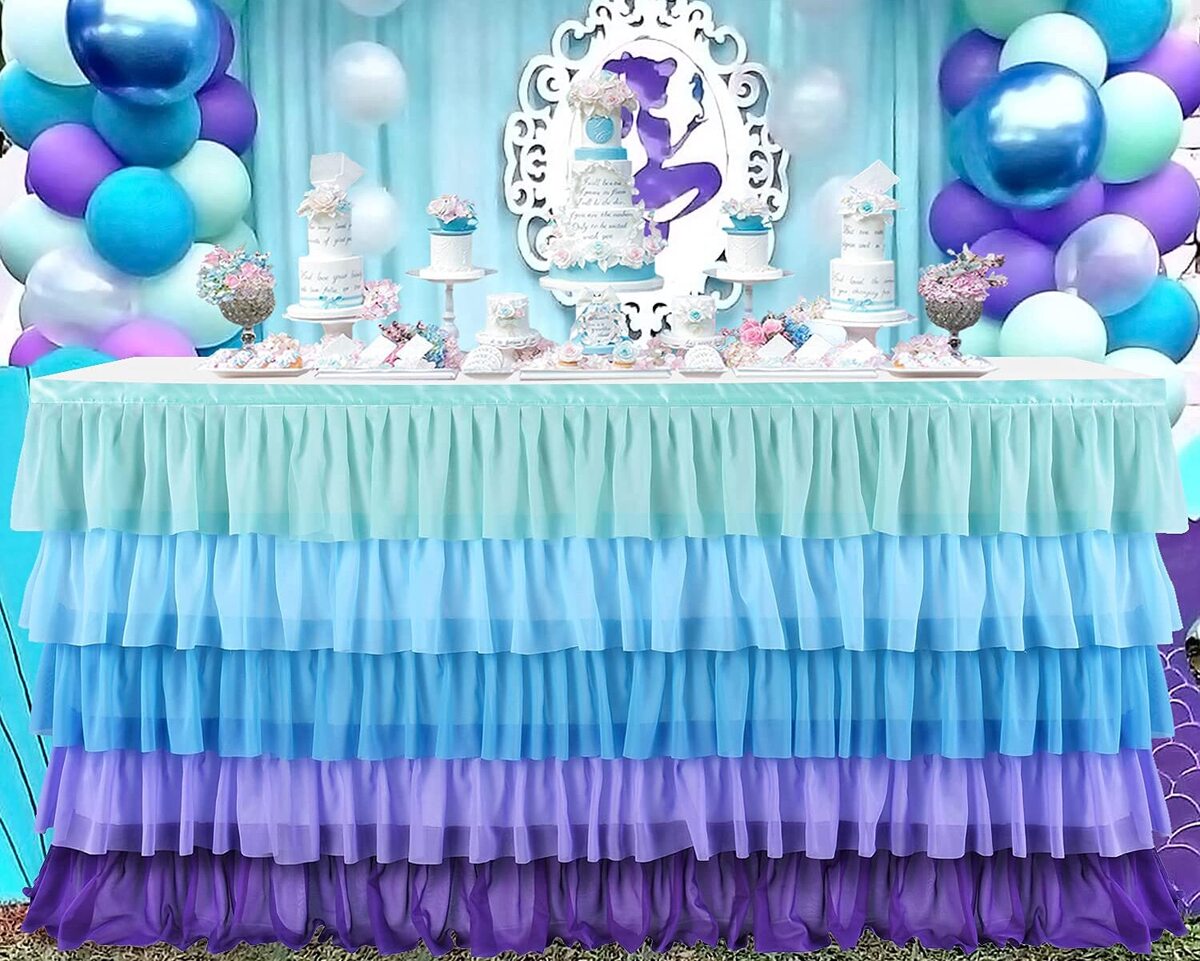
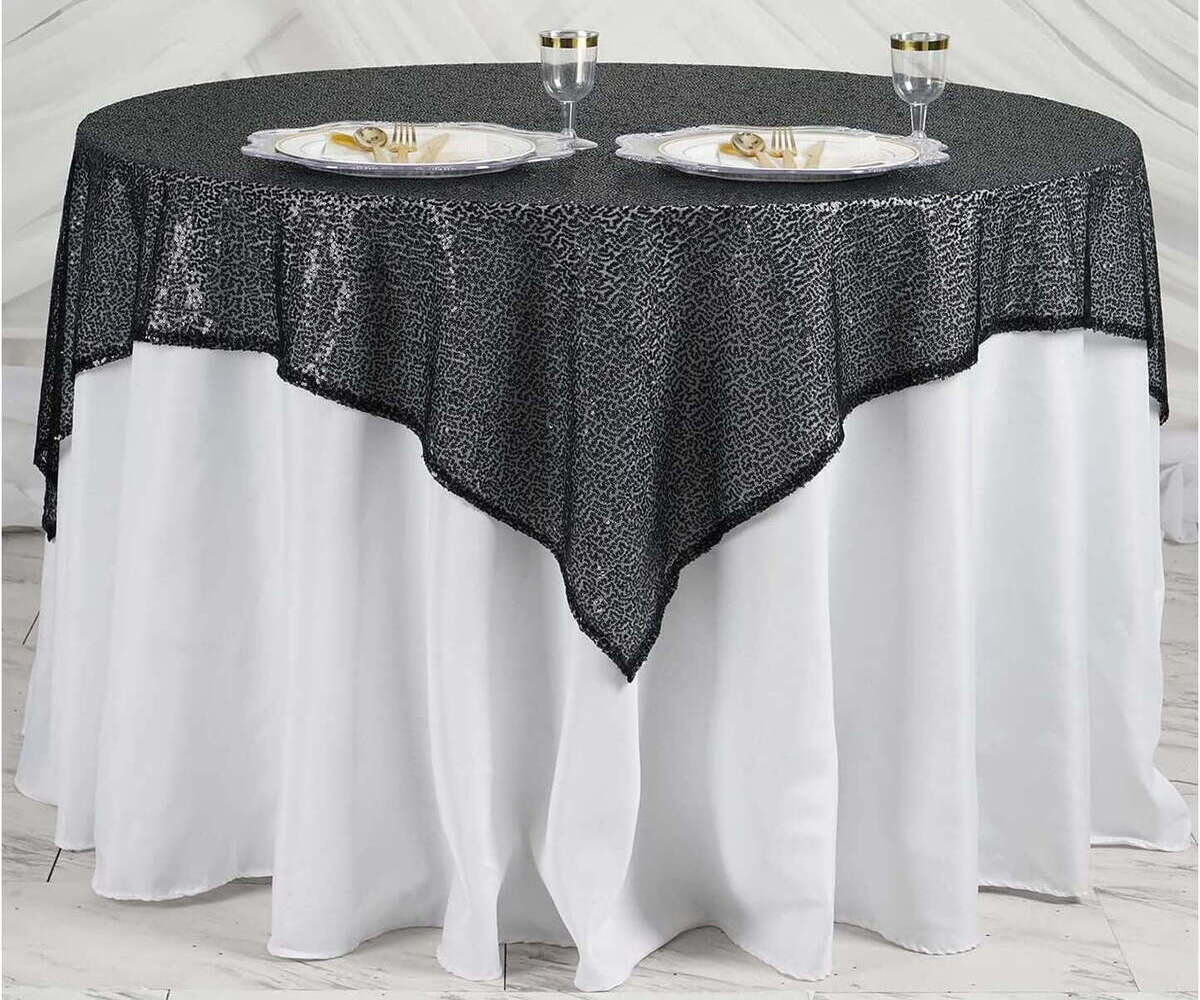
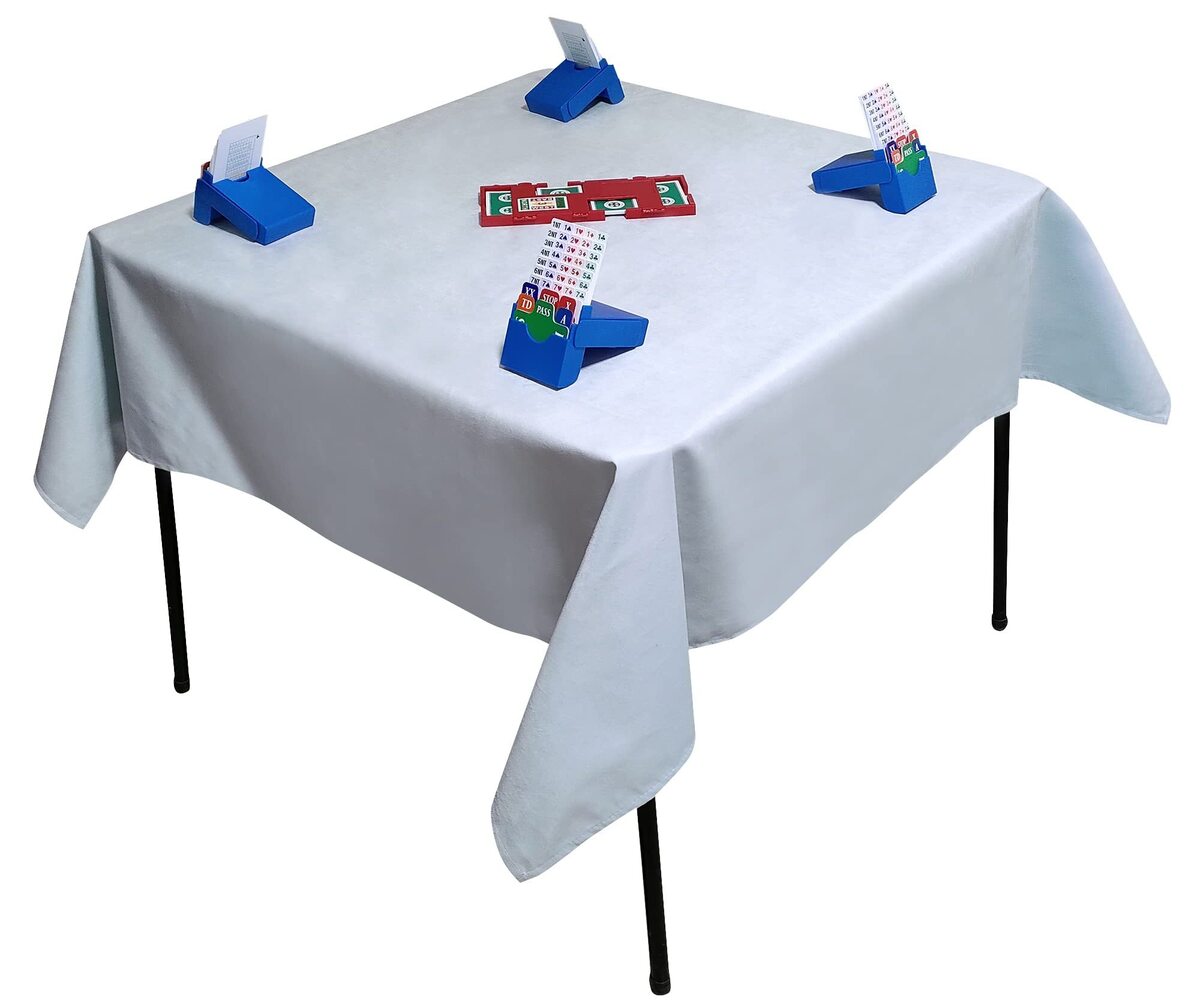
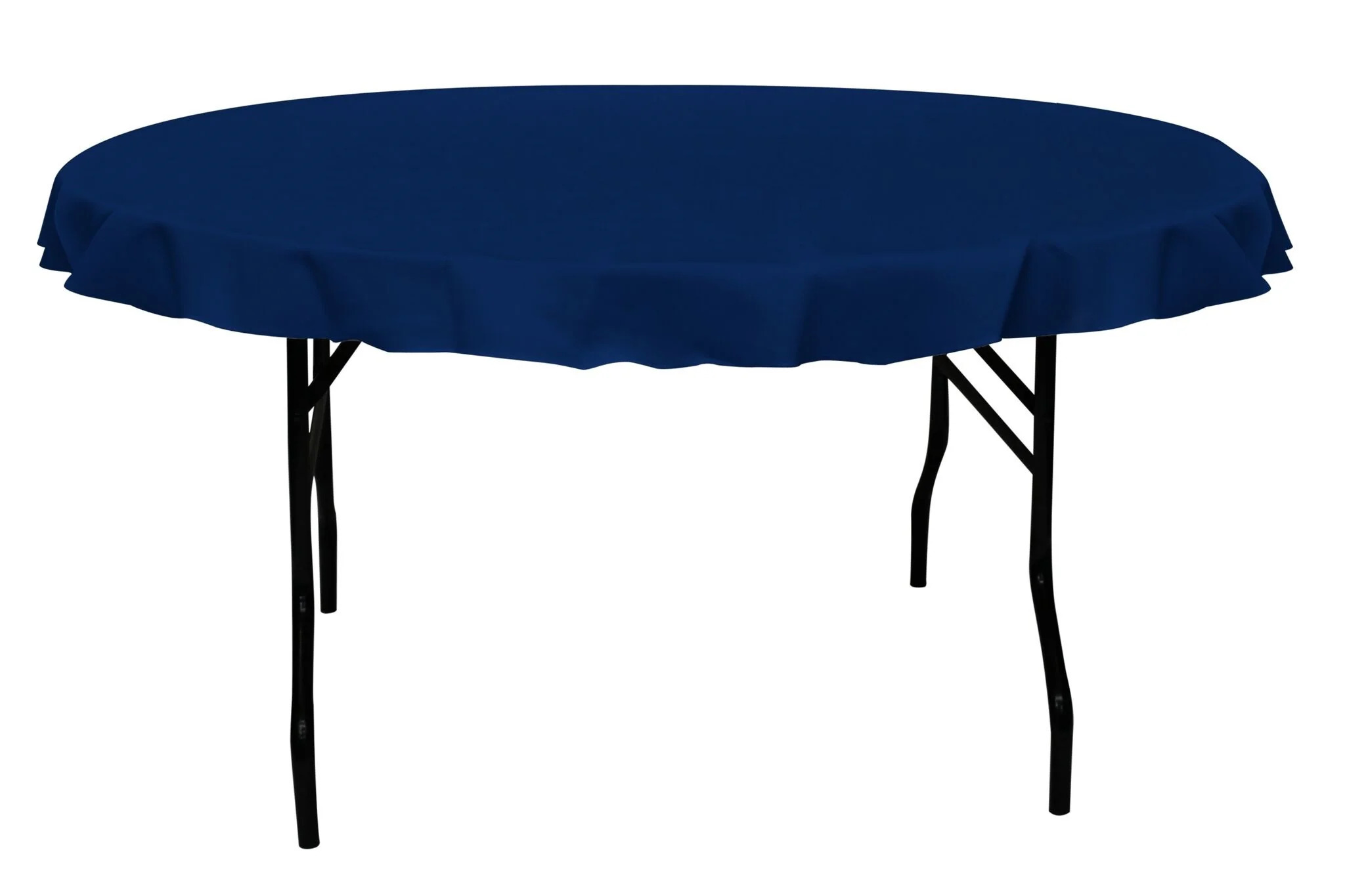
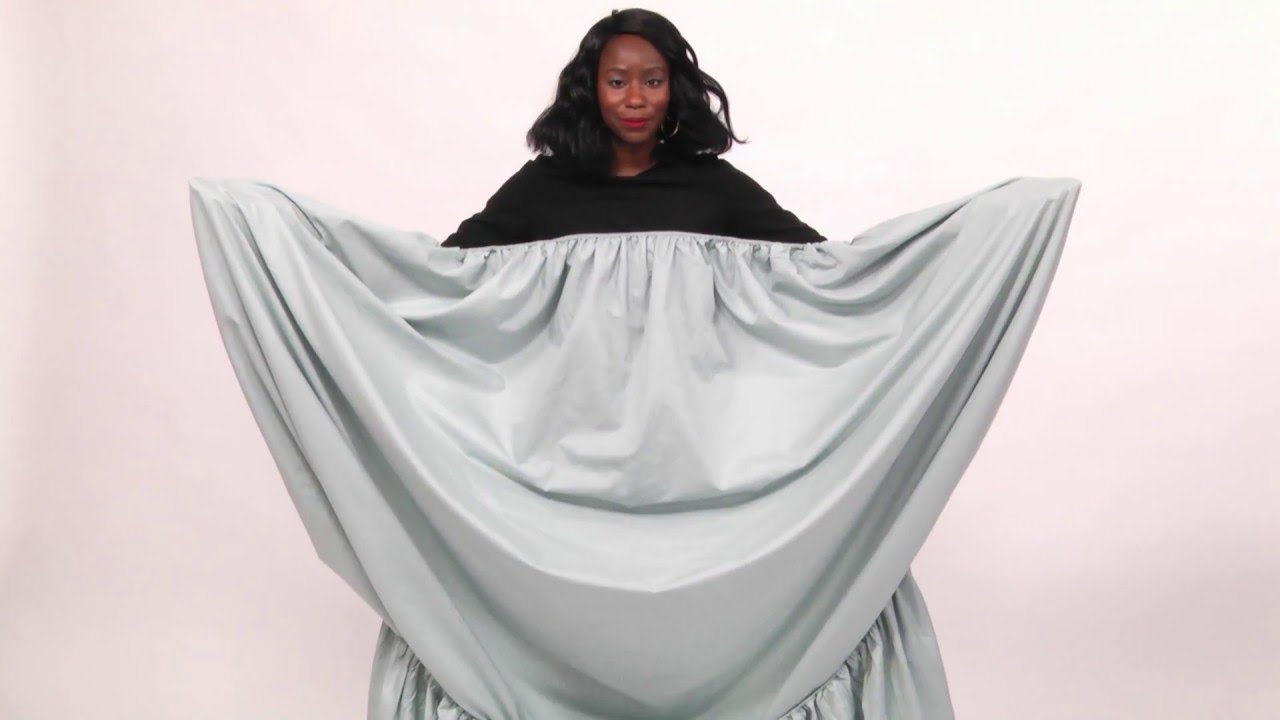
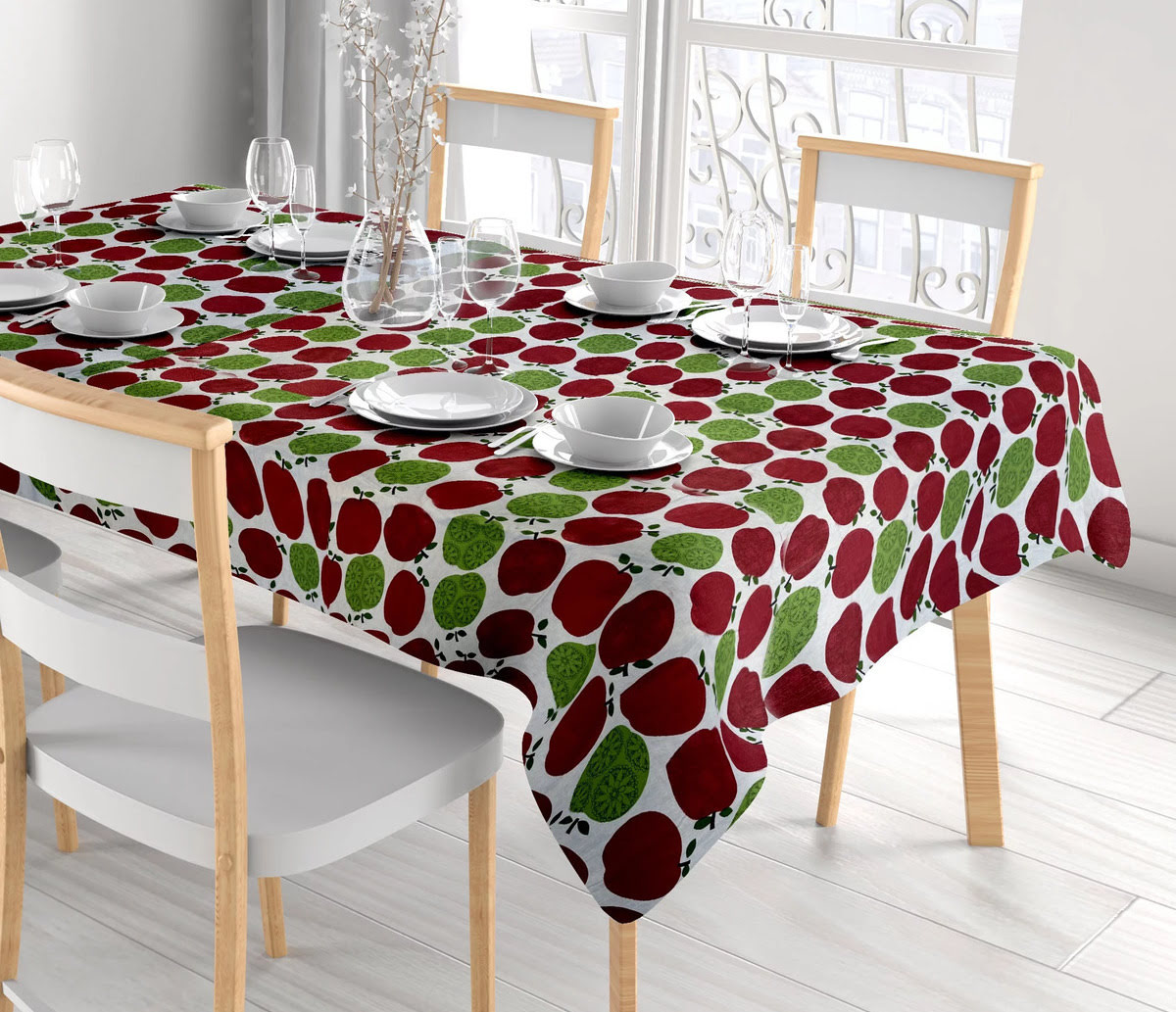
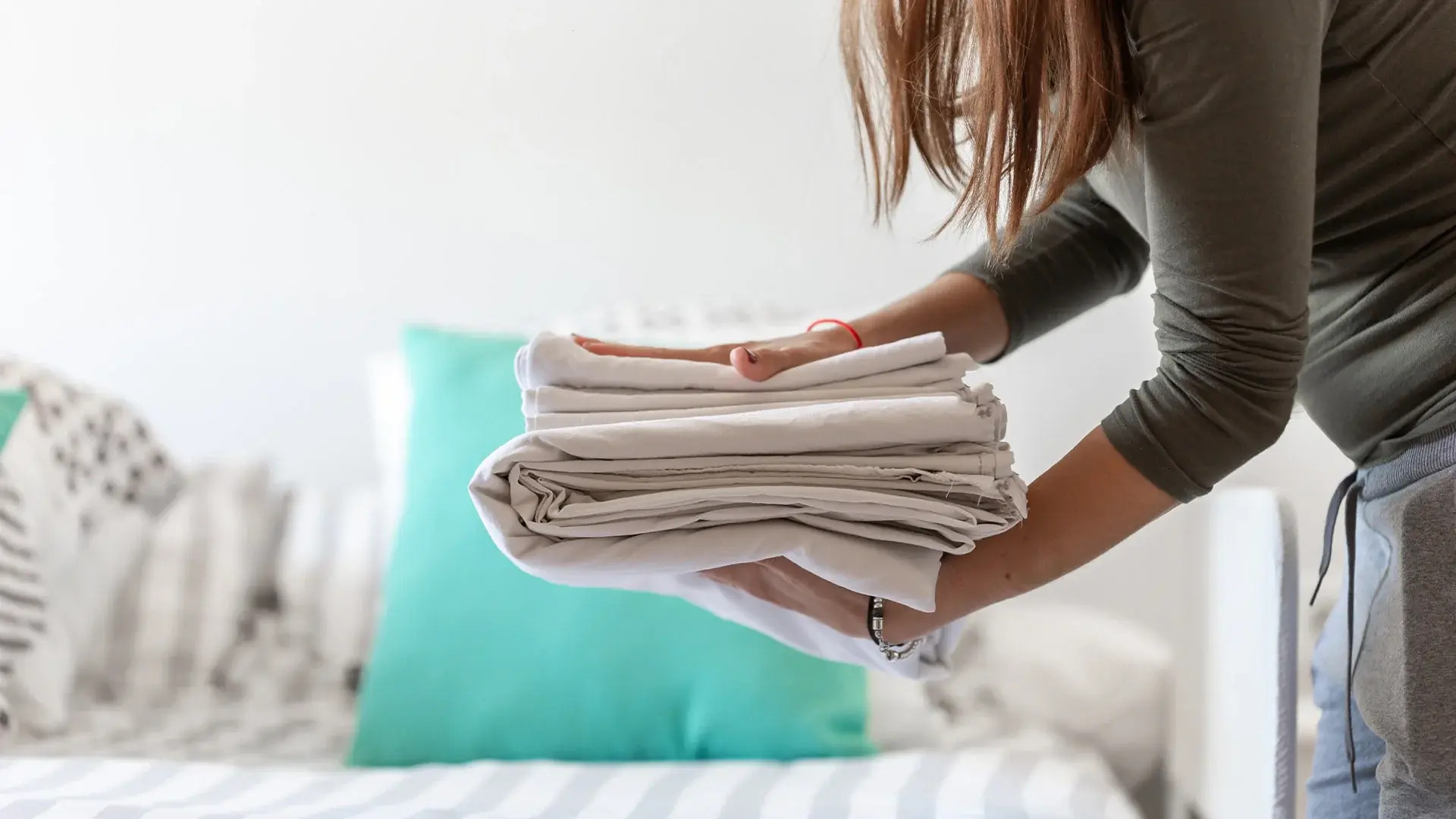
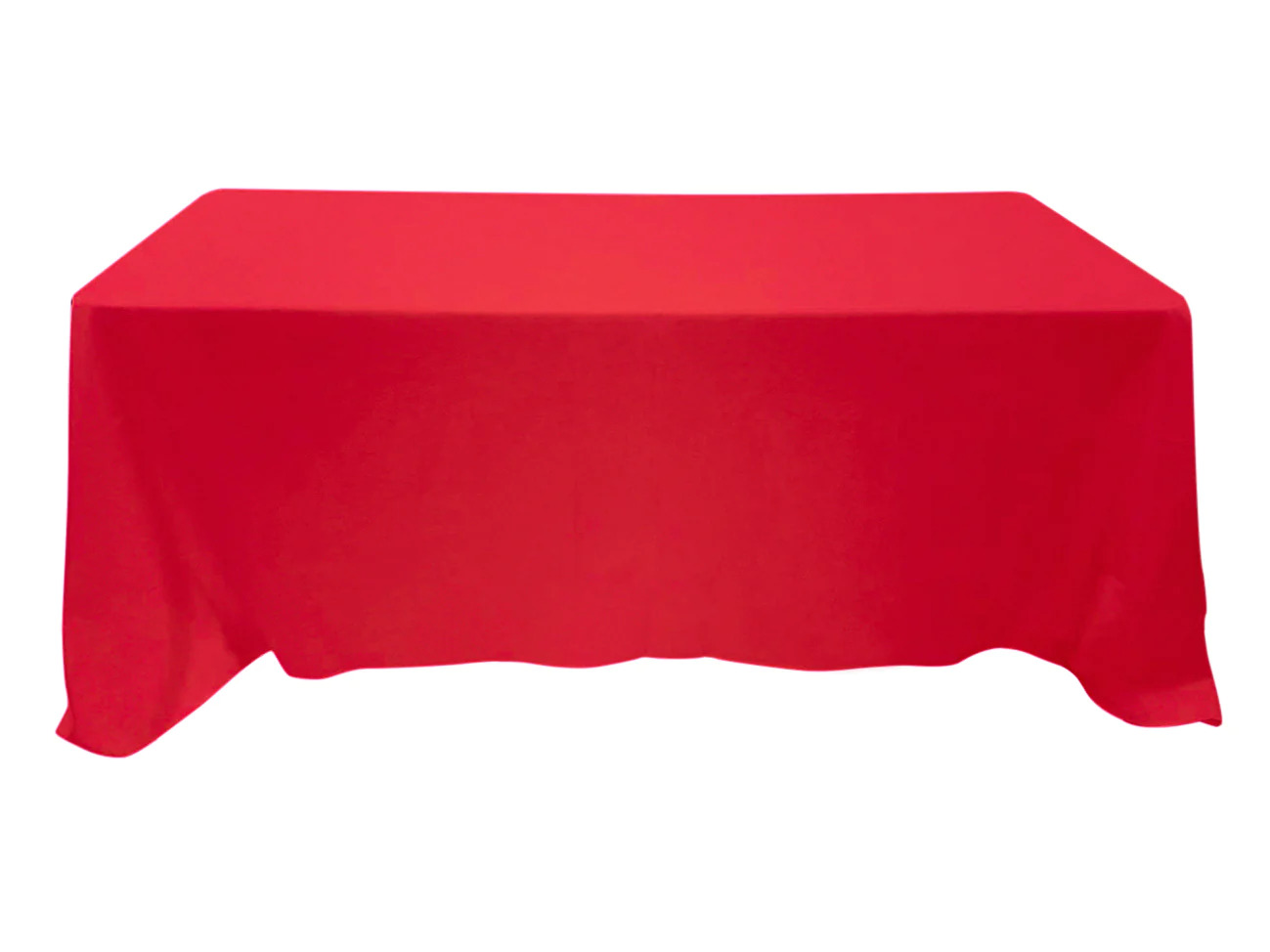
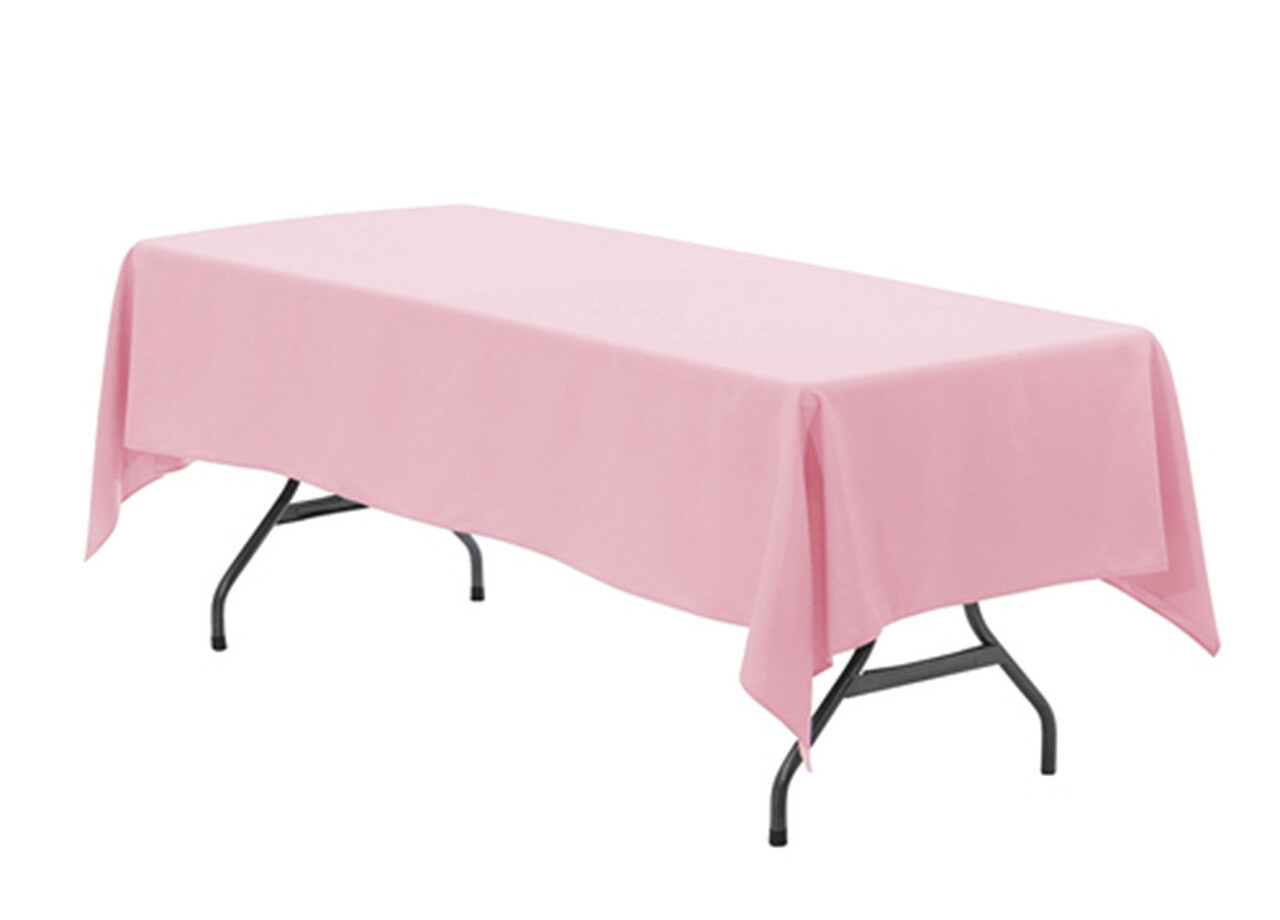
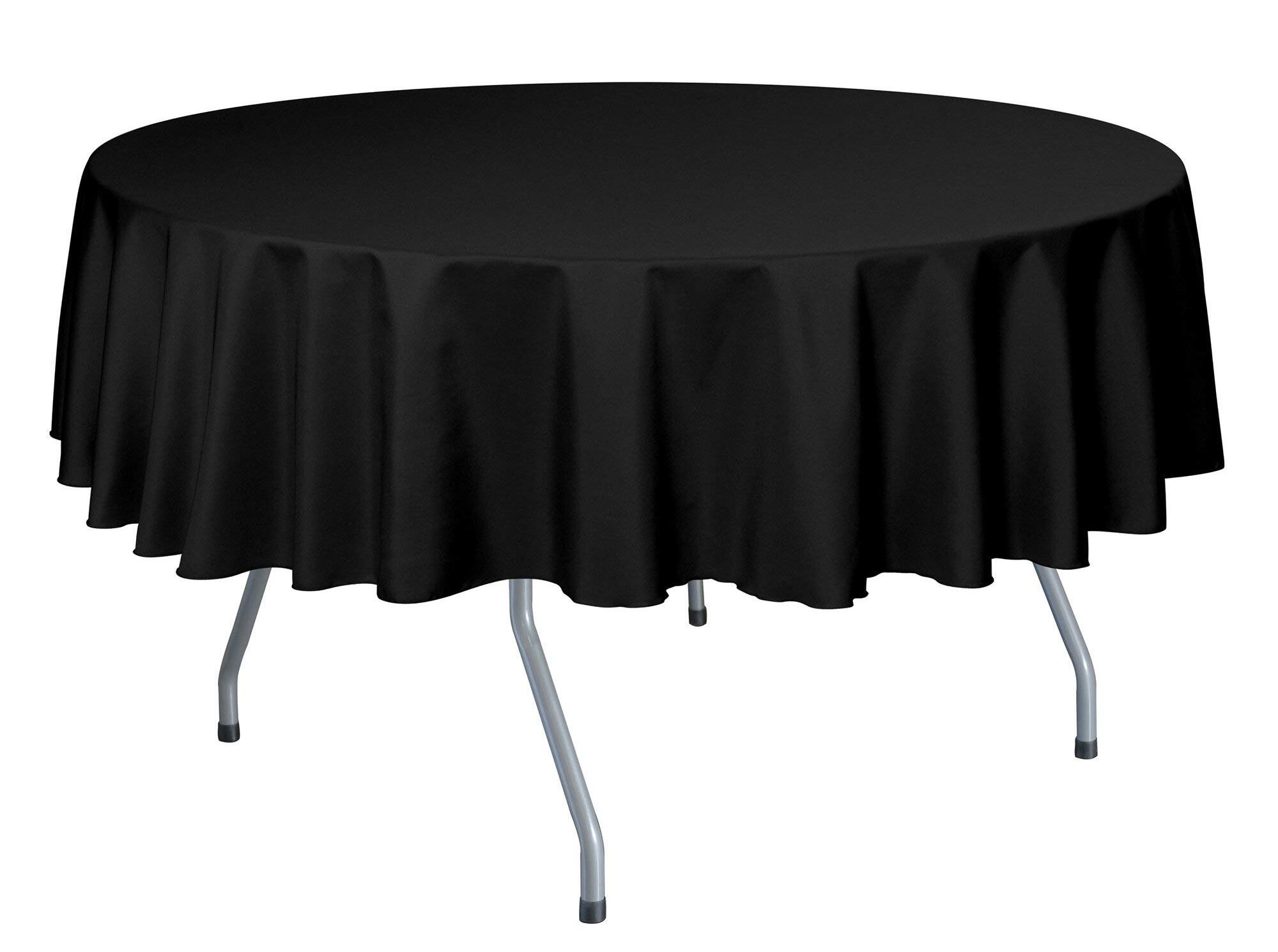
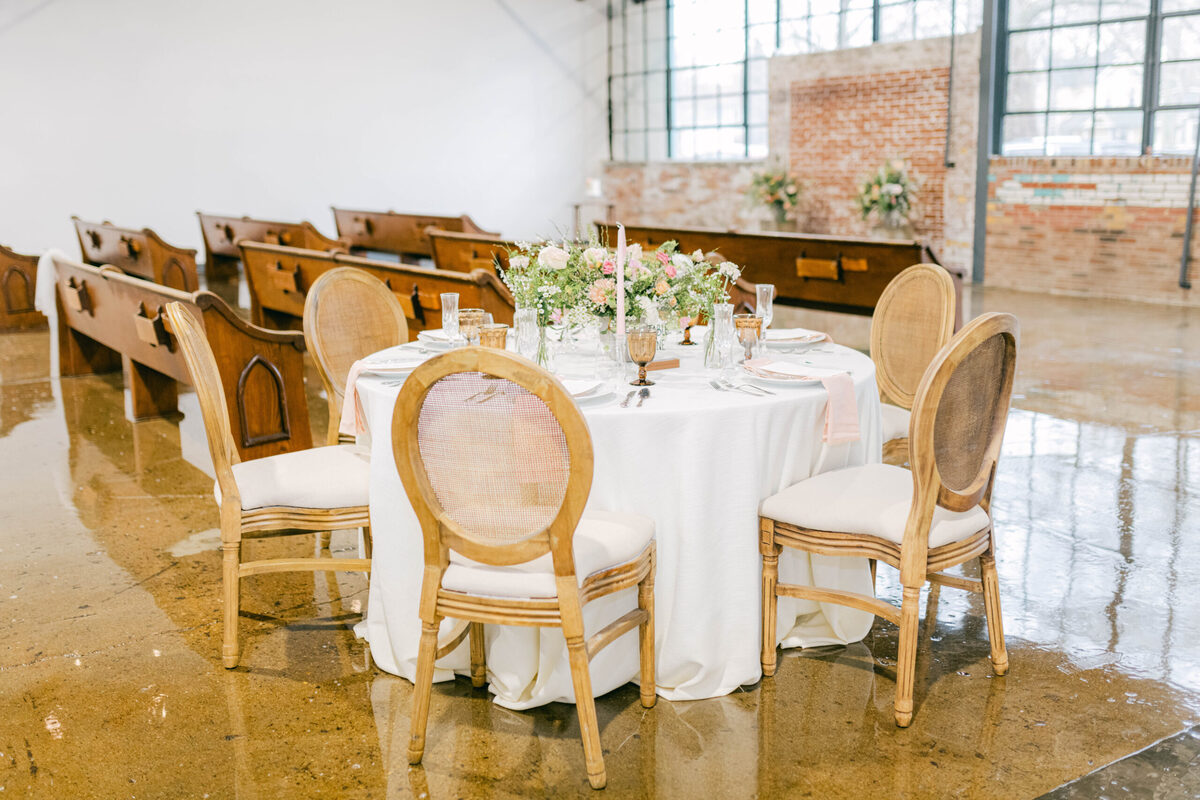
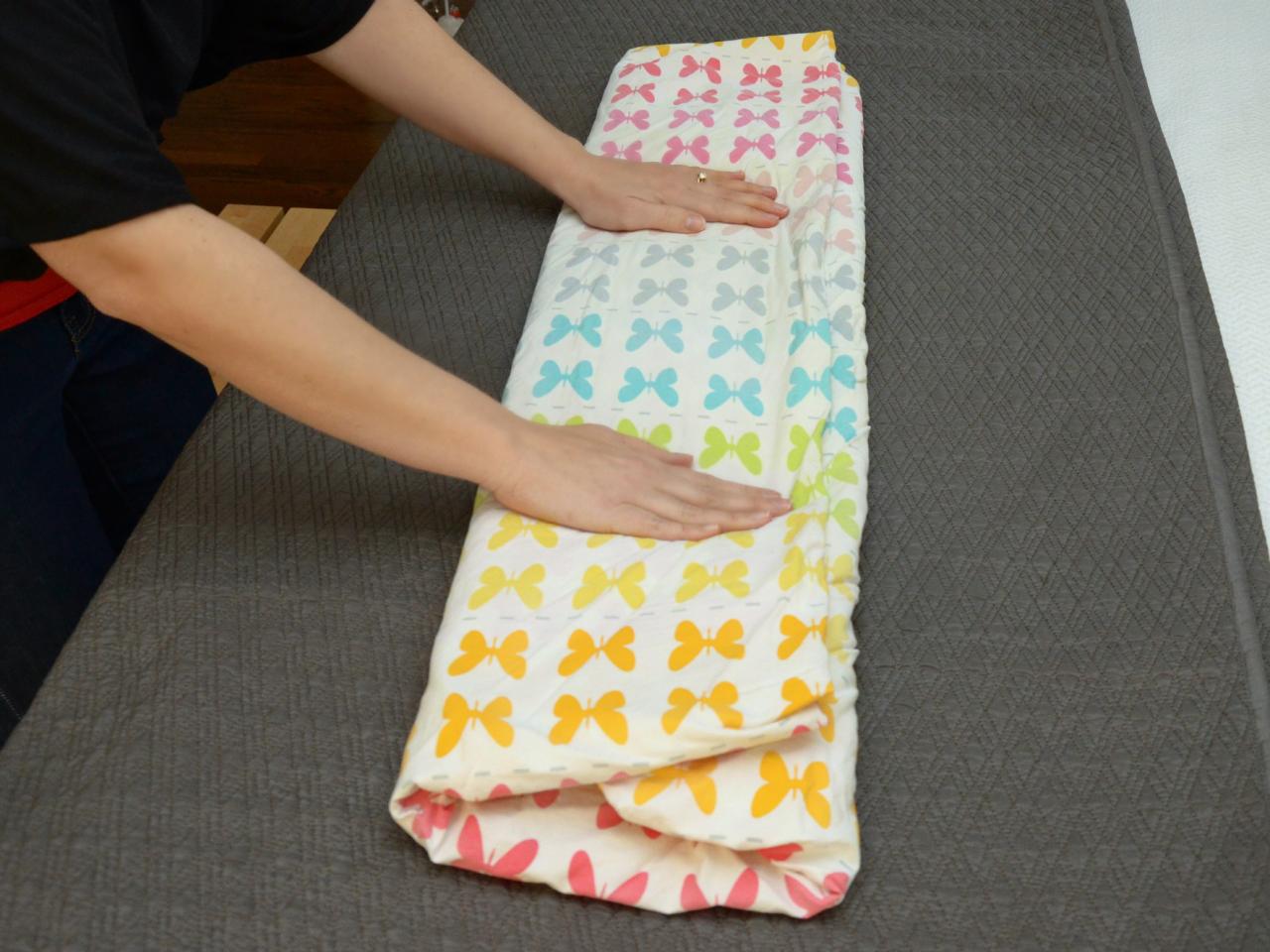
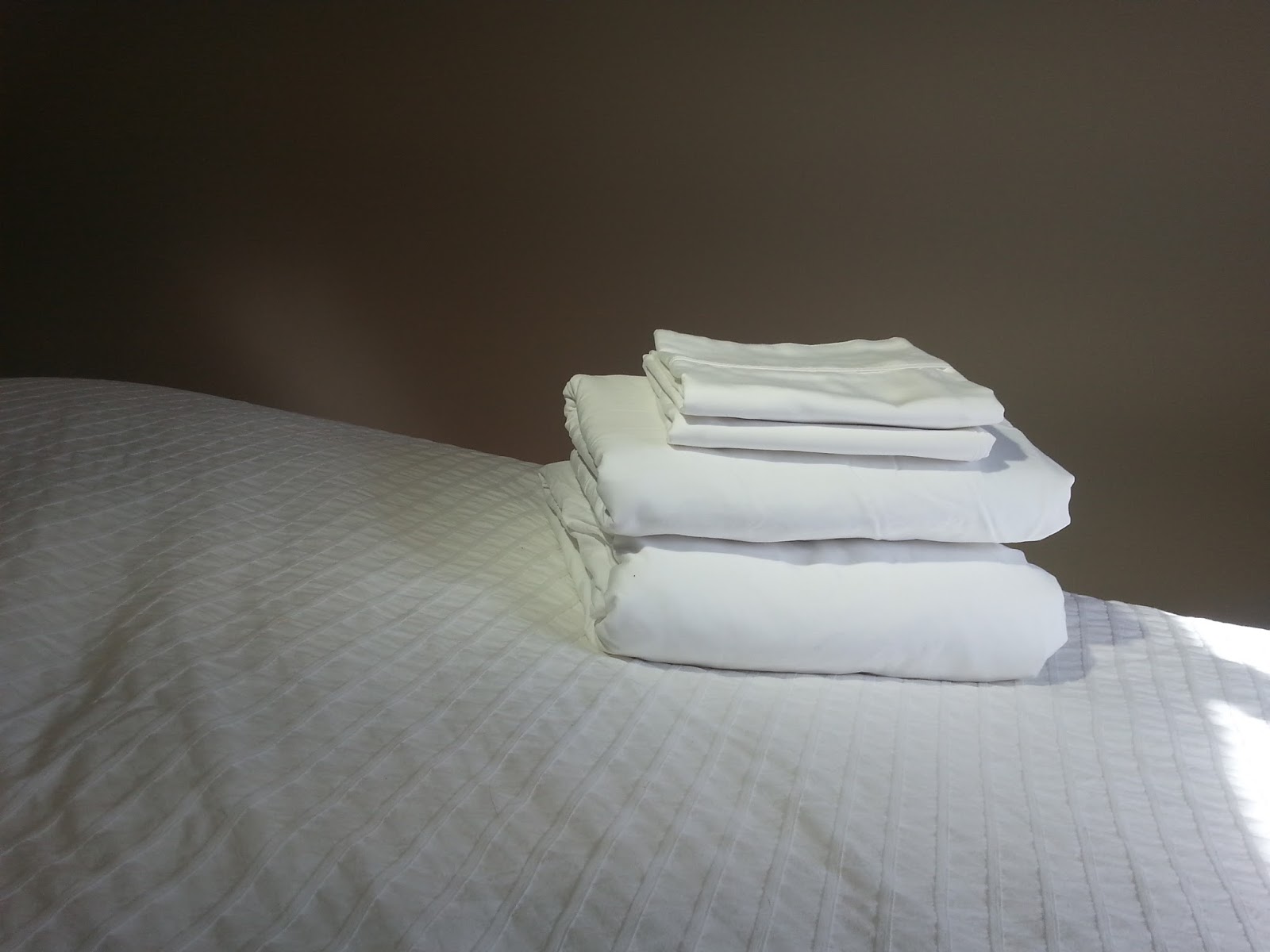

0 thoughts on “How To Fold A Tablecloth To Fit The Table”